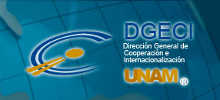Latest publication
Shock-driven heating in the circumnuclear star-forming regions of NGC 7582: insights from JWST NIRSpec and MIRI/MRS spectroscopy
Veenema, Oscar; Thatte, Niranjan; Rigopoulou, Dimitra; García-Bernete, Ismael; Alonso-Herrero, Almudena; Audibert, Anelise; Bellocchi, Enrica; Bunker, Andrew J.; Campbell, Steph; Combes, Francoise; Davies, Ric I.; Delaney, Daniel; Donnan, Fergus; Esposito, Federico; García-Burillo, Santiago; Gonzalez Martin, Omaira; Hermosa Muñoz, Laura; Hicks, Erin K. S.; Hoenig, Sebastian F.; Levenson, Nancy A.;
2025/12, Monthly Notices of the Royal Astronomical Society, 544, 3361






























